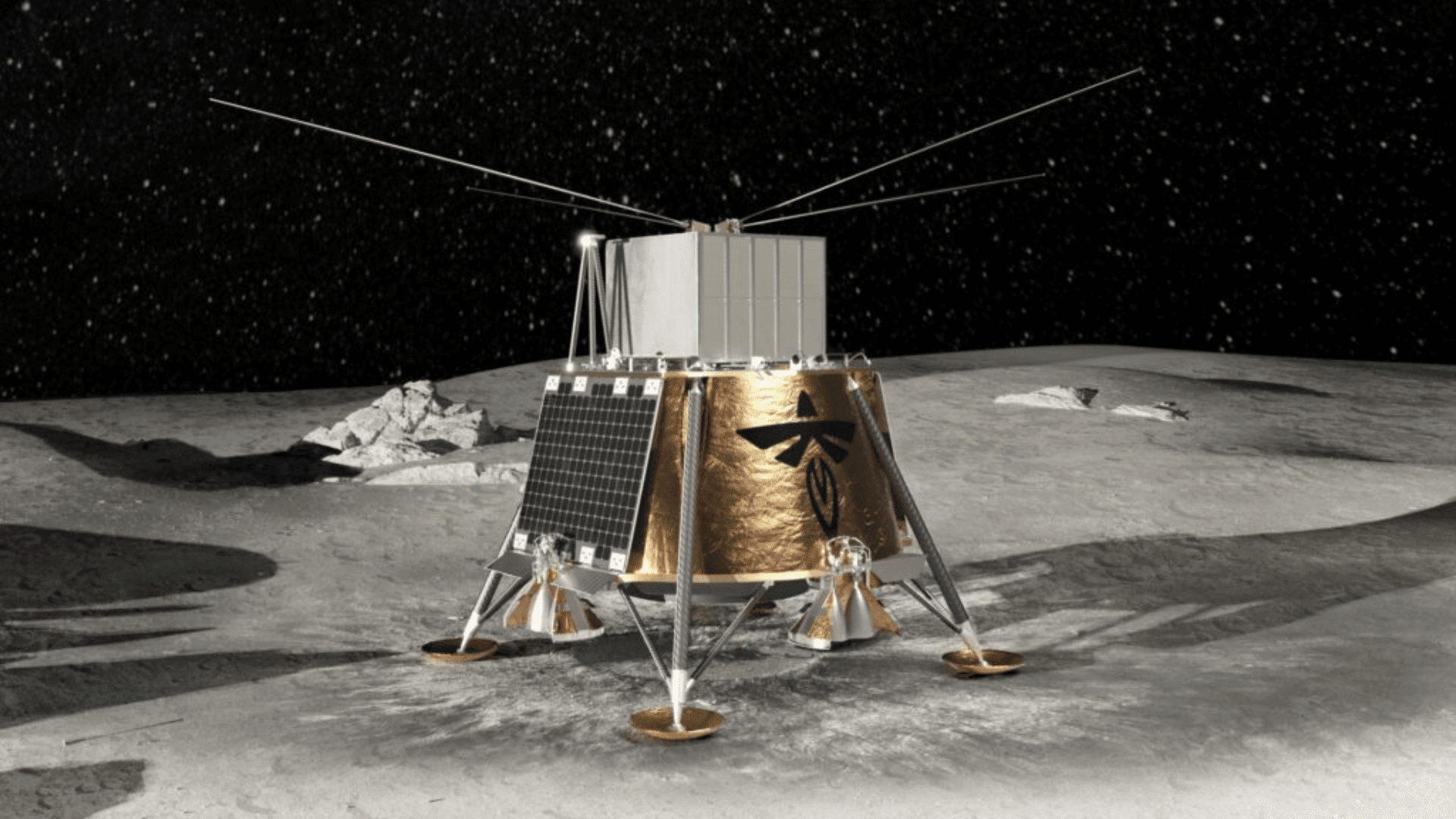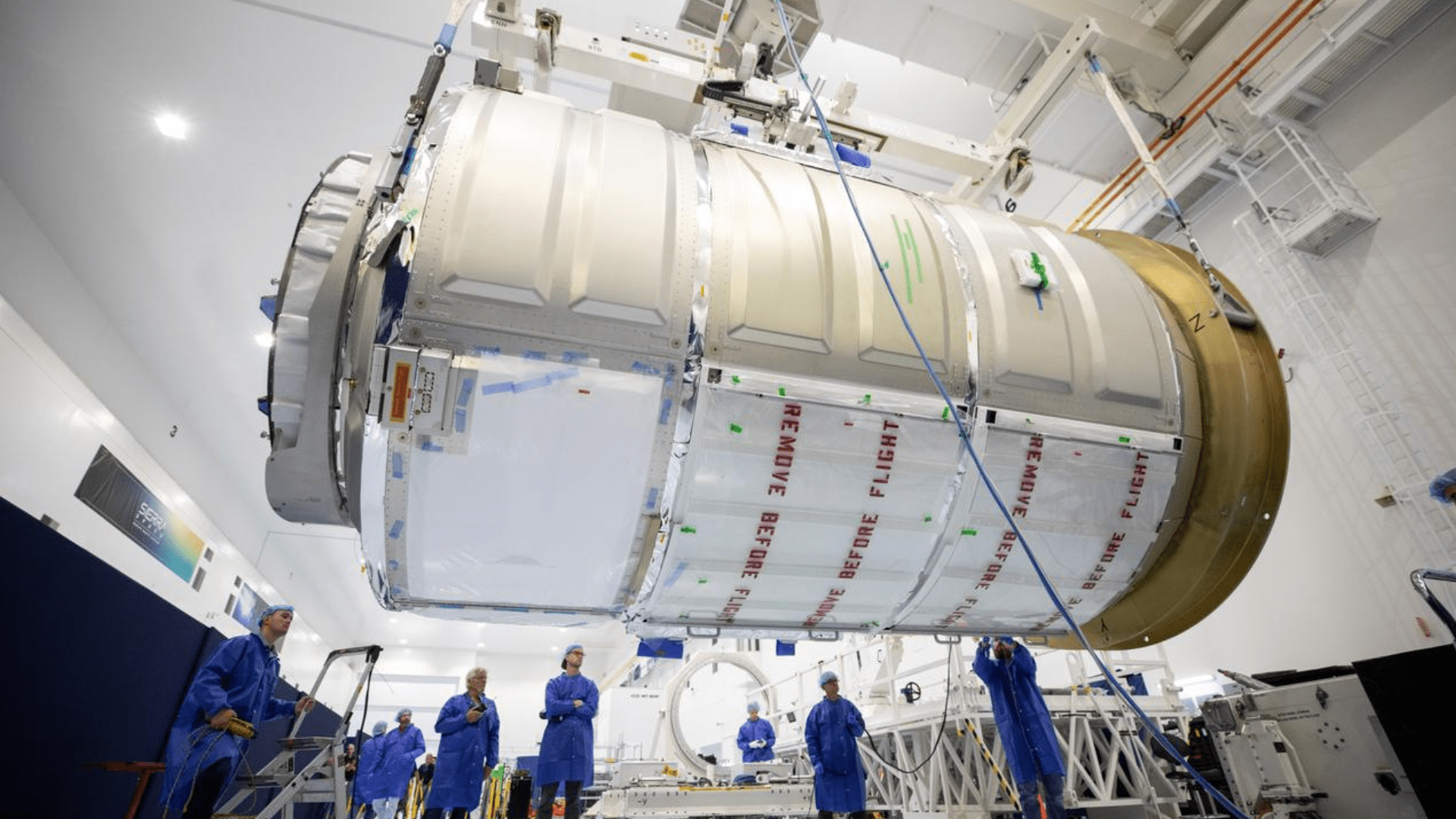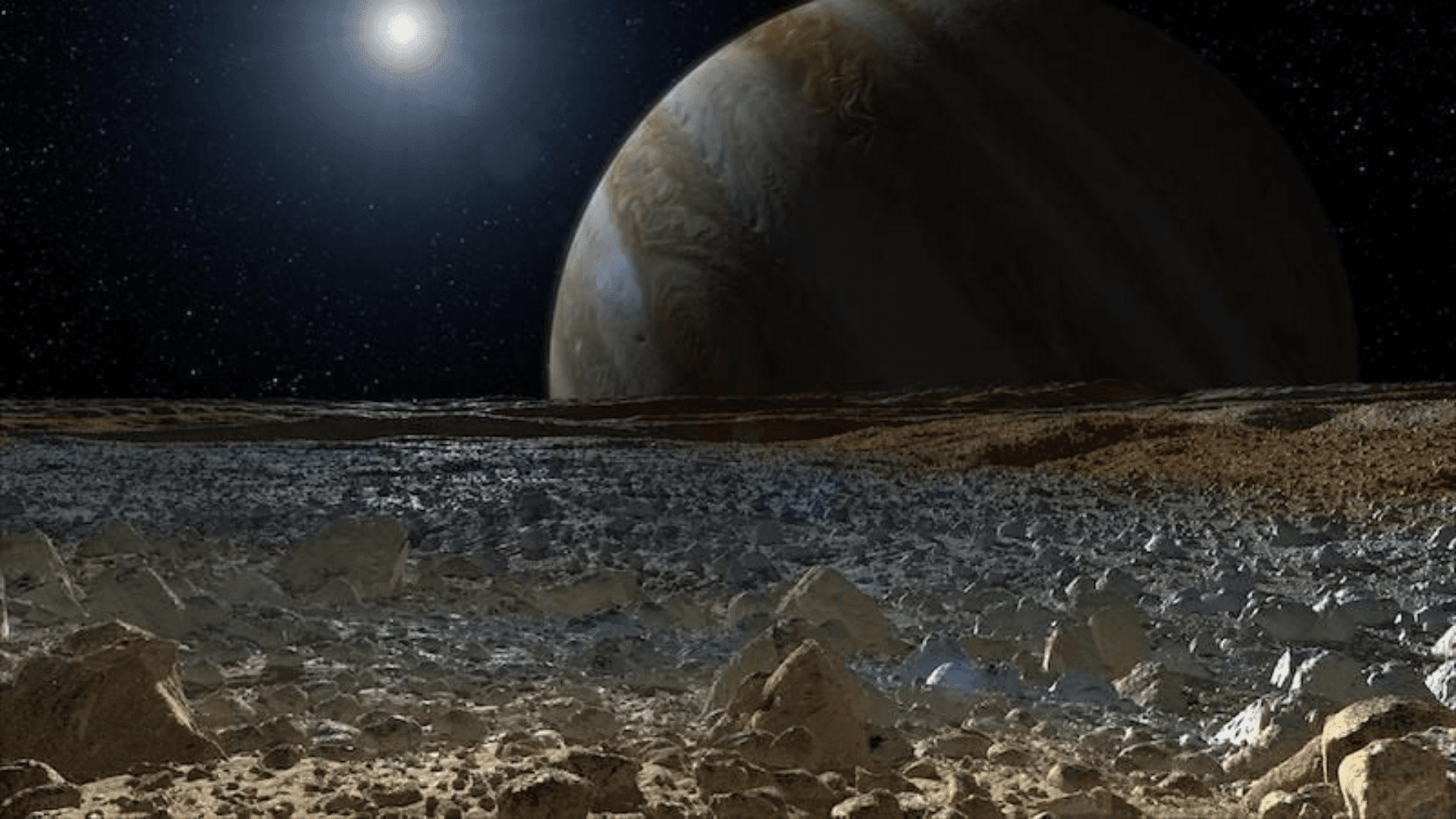A team of scientists has discovered that the continued shrinking of Earth’s moon has led to notable surface warping in the south-polar region. This warping is sometimes accompanied by seismic activity like moonquakes, which could pose a danger to future human exploration efforts.
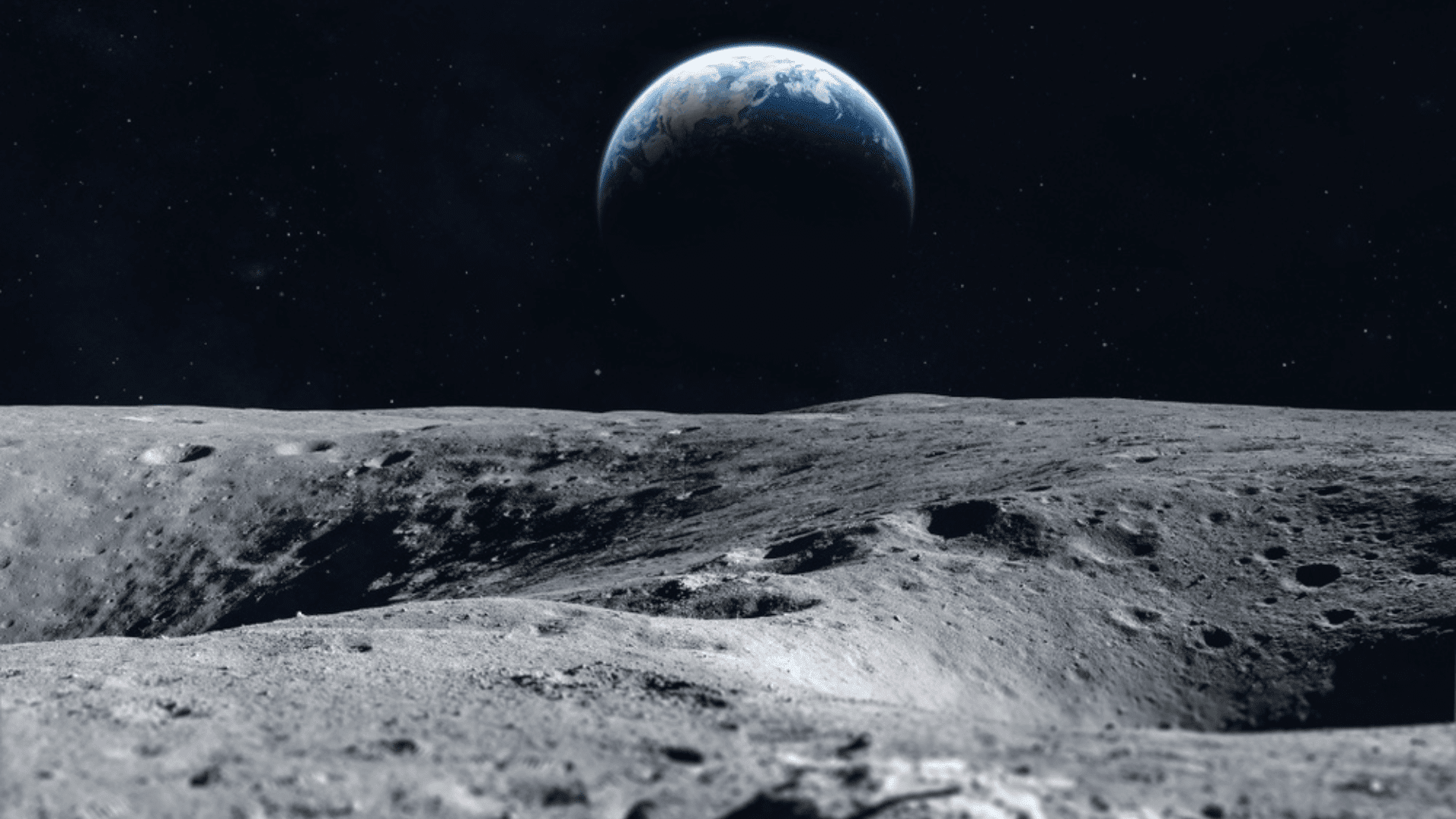
Over the past few hundred million years, the Earth’s moon shrank by more than 150 feet in circumference as its core gradually cooled. In a paper published in The Planetary Science Journal, a research team linked a group of faults located in the moon’s south polar region to one of the most powerful moonquakes recorded by Apollo seismometers over 50 years ago.
Using models to simulate the stability of the surface slopes in the region, they found some areas were particularly vulnerable to landslides from seismic shaking.
“Our modeling suggests that shallow moonquakes capable of producing strong ground shaking in the south polar region are possible from slip events on existing faults or the formation of new thrust faults,” said the study’s lead author Thomas R. Watters, a senior scientist emeritus in the National Air and Space Museum’s Center for Earth and Planetary Studies. “The global distribution of young thrust faults, their potential to be active and the potential to form new thrust faults from ongoing global contraction should be considered when planning the location and stability of permanent outposts on the moon.”
Shallow moonquakes, similar to earthquakes, can be strong enough to damage equipment, buildings, and other human-made structures. Unlike earthquakes, however, moonquakes can last for hours or even a whole afternoon.
“You can think of the moon’s surface as being dry, grounded gravel and dust. Over billions of years, the surface has been hit by asteroids and comets, with the resulting angular fragments constantly getting ejected from the impacts,” Schmerr explained. “As a result, the reworked surface material can be micron-sized to boulder-sized, but all very loosely consolidated. Loose sediments make it very possible for shaking and landslides to occur.”
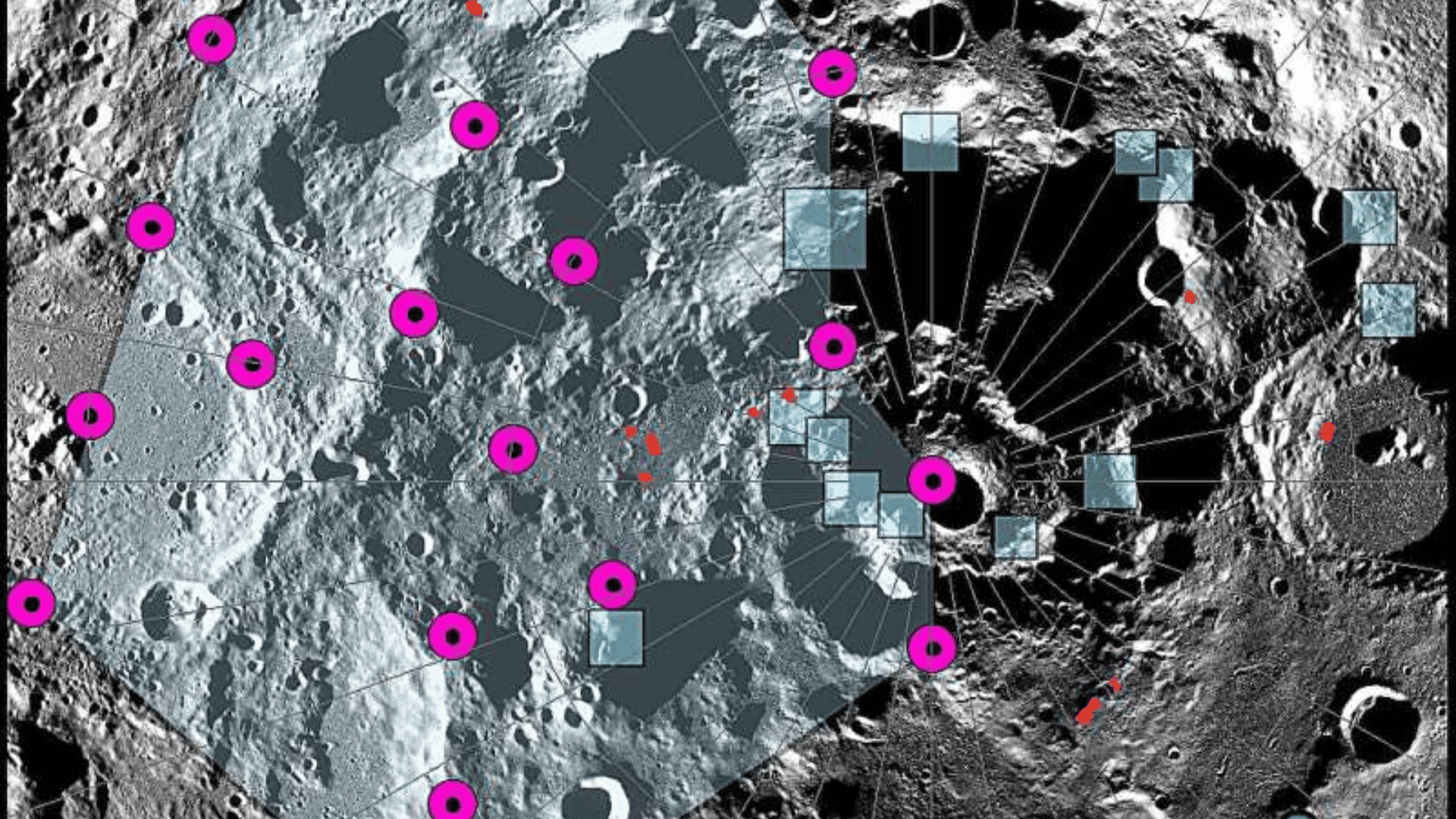
Explore Tomorrow's World from your inbox
Get the latest innovations shaping tomorrow’s world delivered to your inbox!
I understand that by providing my email address, I agree to receive emails from Tomorrow's World Today. I understand that I may opt out of receiving such communications at any time.
The researchers are continuing to map out the moon and its seismic activity in hopes of identifying more locations that could be potentially dangerous for human exploration or settlements. NASA’s Artemis missions, which are set to launch their first crewed flight in late 2024, ultimately hope to establish a long-term presence on the moon and eventually learn to live and work on another world through moon-based observatories, outposts and settlements.
“As we get closer to the crewed Artemis mission’s launch date, it’s important to keep our astronauts, our equipment, and infrastructure as safe as possible,” Schmerr said.
“This work is helping us prepare for what awaits us on the moon—whether that’s engineering structures that can better withstand lunar seismic activity or protecting people from really dangerous zones.”



